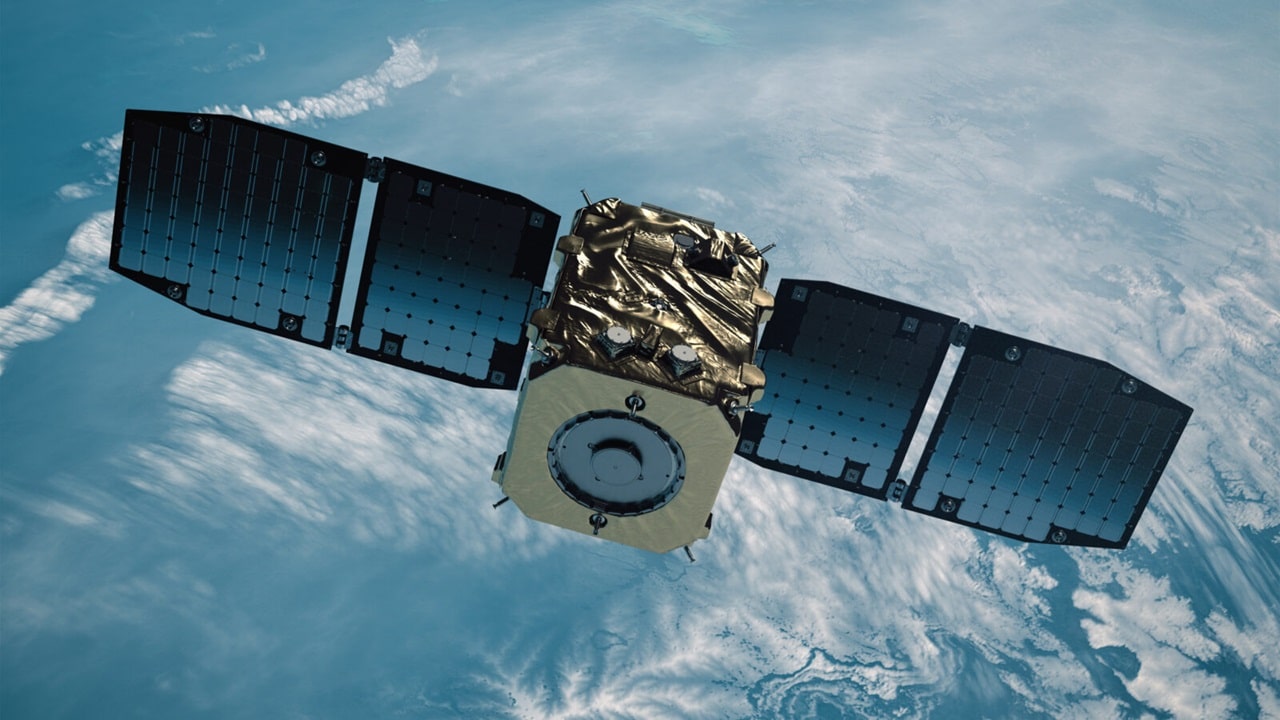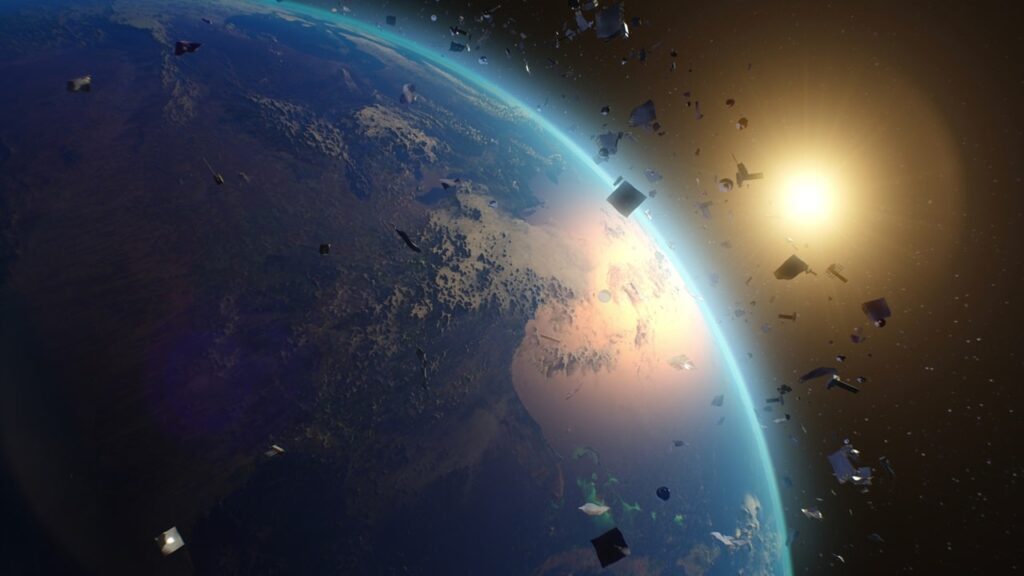A real one is orbiting above our heads space sweeper. The satellite ADRAS-J Of Astroscale has taken flight, with an objective that becomes more essential every day: eliminate space junk. The satellite will, in fact, eliminate the remnants of a Japanese satellite that has been circling our planet since 2009. And, if successful, it will demonstrate that we can remove orbiting junk — something we will increasingly need, given the growing number of artificial satellites launched every year.
The garbage satellite that eliminates space garbage is in orbit
The launch of this demonstration satellite, which took place on Sunday 18 February from New Zealand, represents a fundamental step in the removal of space debris. Something that becomes increasingly important if we want to contain the environmental impact of commercial activities in space — from tourism to satellite connections.
To fight the accumulation of waste in Earth’s orbitAstroscale, in collaboration with the Japanese Space Agency (JAXA), launched the satellite ADRAS-J as part of Phase I of the commercial debris removal demonstration program. His mission involves an encounter with the higher stage of a old Japanese rocket in orbit since 2009.
Debris recovery mission
The approach of ADRAS-J will be pioneering: safely approaching a sizable piece of debris, using terrestrial data to refine its position. Over the next few months, the satellite will head towards its target, attempting to get close enough to capture detailed images and assess the condition of the debris. This step, if successful, could mark a fundamental advance in the management of space junk.
During the approach phase, ADRAS-J it will use advanced systems driven by image processing and machine learning algorithms. VISCAM, IRCam and LiDar they will be the protagonists of this “dance” in space, precisely maneuvering the orientation of the satellite during the approach. Images at 30 second intervals will capture the debris 100 meters away, while the satellite will rotate around its target, maintaining a constant distance. The final alignment with the rocket stage will conclude phase one of the mission, as Astrospace explains.
Ecological space station
This mission represents Astroscale’s second initiative, following the successful test Elsa-d in 2021. Funded by the program Commercial Removal of Debris Demonstration (CRD2) of the Japanese Space Agency, the ADRAS-J mission marks a step forward in space sustainability.
The ADRAS-J mission is not only a concrete step towards cleaning up space, but could pave the way for a most effective approach to dealing with space junk. Although there are no problems with pollution levels of the ecosystem (there are no living species at that altitude), the safety of future space missions depends on space “maintenance”. Debris can pose a risk to other satellites and space stations. Keeping orbit clean could cost a lot in economic terms — but not doing so could cost even more in the long run.
Astroscale happily tweeted the news of the launch, saying “Let’s begin the era of space sustainability.” And to do that, we need a street sweeper in orbit: we can only hope that it will be successful.

















Leave a Reply
View Comments